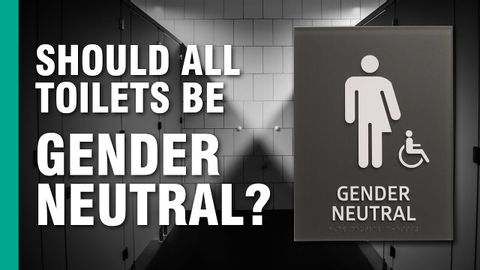性別友善廁所是什麼?又有什麼優缺點呢?(Should all Toilets be Gender Neutral?)
神谷菜々子 發佈於 2023 年 06 月 25 日  沒有此條件下的單字
沒有此條件下的單字US /pɚˈspɛktɪv/
・
UK /pə'spektɪv/
- n. (c./u.)透視;觀點,態度;觀點;恰當的比重
US /ɛnˈtaɪr/
・
UK /ɪn'taɪə(r)/
- adj.全體的 ; 完全的;未分割的;全緣的 (植物學)
US / dɪˈbet/
・
UK /dɪ'beɪt/
- n. (c./u.)辯論;爭論;辯論會
- v.t./i.思考;盤算;辯論
US /ɪmˈpruv/
・
UK /ɪm'pru:v/
